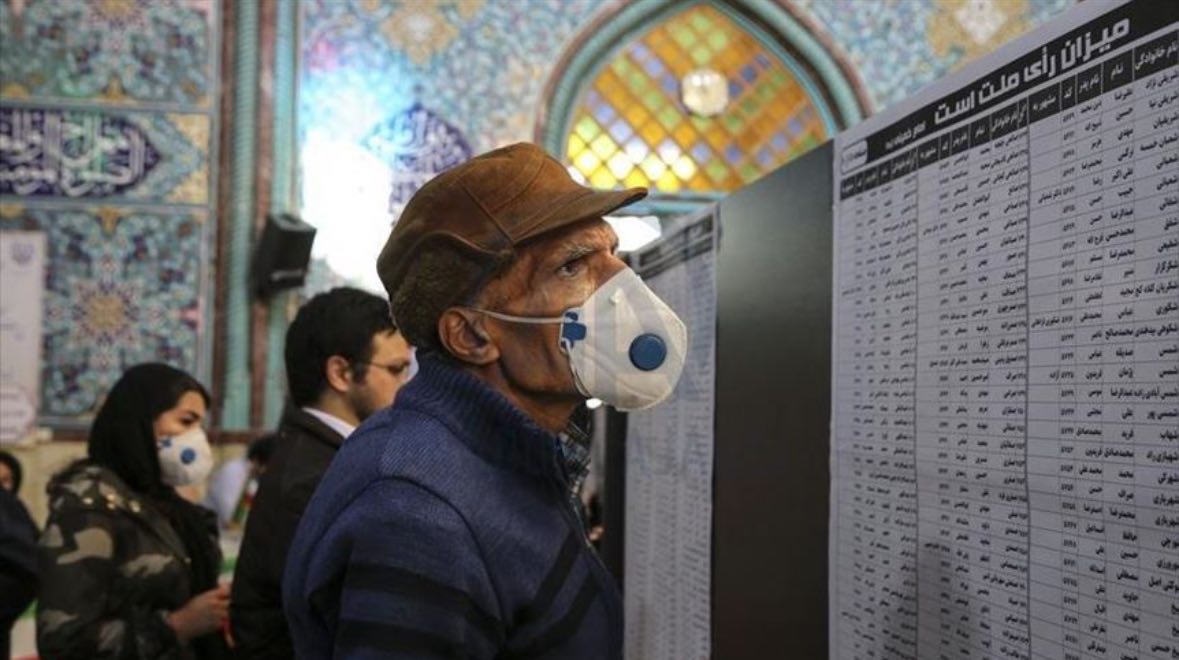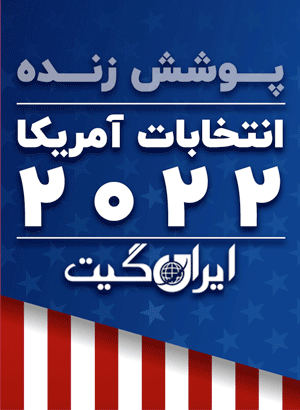Tehran and Invalid Votes
Simultaneously with the announcement of the results of more than 3500 polling stations for the Islamic Consultative Assembly elections in Tehran, the head of the election headquarters in this province reported the possibility of the elections in this area going to a second round. The results of 3501 polling stations out of five thousand polling stations in Tehran, which were announced on Saturday afternoon, February 29, show that Mahmoud Nabavian, as the leading candidate, has only received 342,000 votes. Speculation about the high number of invalid votes cast in the ballot boxes increases.
Basim Laleh, a reporter for the ILNA news agency based in the Ministry of Interior, tweeted on Saturday that after counting 80% of the ballot boxes in Tehran, the number of invalid votes exceeded 380,000.
Mohammad Muhajeri, a journalist close to the principlists, also said on the same social network that the result of the parliamentary elections in most cities, including major cities like Tehran, is strange and interesting. That is, the first or second place is occupied by invalid votes. Other users have also speculated about the number of invalid votes. The Ministry of Interior of Iran has not yet announced the total number of participants in the Tehran, Rey, and Shemiranat electoral districts. However, Yaser Jabbari, a political figure close to President Ebrahim Raisi, claimed on Twitter that only 1,813,000 people voted in Tehran.
He, who is the head of the Strategic Evaluation and Supervision Center for the Implementation of General Policies of the System in the Expediency Discernment Council, continued writing that it is very likely that Tehran’s representatives will be decided in the second round.
Abbas Jafari, the head of the Tehran Province Election Headquarters, also told the Islamic Republic News Agency on Saturday that there is a possibility of the elections going to the second round in the Tehran, Rey, Shemiranat, Islamshahr, and Pardis districts because candidates need to have at least 20% of the votes. He added that if the Tehran elections go to the second round, it will be held in the next Ordibehesht (April-May) of the following year.
According to the Iranian election law, presidential candidates must receive at least 20% of the valid votes in their constituency to enter the parliament. Mr. Jowhari had stated on Friday that in total, more than 10 million and 30 thousand people in Tehran province are eligible to vote, but he did not mention the number of eligible voters in Tehran city.
The possibility of a high number of invalid votes in other electoral districts has also been raised, and Iranian media have reported that in Yazd, the amount of invalid votes ranks second. In the 1400 presidential election, which ended with Ebrahim Raisi’s victory, the invalid votes in the whole country had placed him second after him above the other candidates.
In the absence of official statistics from the Ministry of Interior, government media outlets have consistently reported a close to 41% participation rate in the December 11 elections. They claimed that 25 million eligible voters participated in the elections, while more than 61 million eligible voters were announced nationwide. Due to press censorship, lack of independent observers during elections in Iran, verifying the statistics of participants in these elections, like previous elections, is not feasible.
This round of parliamentary elections faced very low turnout due to the dissatisfaction of the majority of society, with 60% of eligible voters not casting their votes according to the Ministry of Interior statistics. Unofficial figures suggest participation was below 40%. In this election round, as reported in the news, former Iranian President Seyyed Mohammad Khatami also did not vote and has aligned himself with the majority of society. Despite a higher percentage of invalid votes and widespread disqualifications, this parliamentary election was held solely to purify the parliament and unify all political and power entities.


